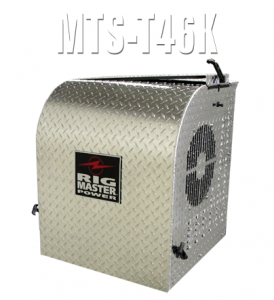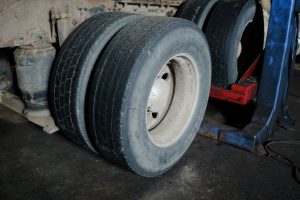How Harmful Is Idling?
There are now 29 states with active idling law regulations in place. These laws are in
place for good reason, as idling for 10 seconds uses more fuel and produces more CO2 than
restarting your engine does! Over time and with an excessive number of vehicles on the road,
these emissions can wreak havoc on the environment. Running vehicles emit significant CO2
which is a colorless and odorless gas. What happens to the environment when more and more
CO2 is emitted is that heat becomes trapped. This is called the enhanced greenhouse effect.
Over time this can dramatically alter the earth’s climate.
Vehicles also produce volatile organic compounds, carbon monoxide, and oxides of
nitrogen. All of these gases are toxic and when produced in abundance are extremely harmful
to the environment. Something to consider when running a fleet of vehicles that may be idling
is the health of the drivers. The drivers have direct exposure to all of these harmful chemical
day after day while on the job. This can cause long-term health problems and increase costs for
your business, not to mention you want to protect your drivers at all cost.
Luckily, APU Center has an abundance of solutions that will not only save the health of
your drivers, but it will help save your bottom line as well. If you need assistance on selecting
the right APU for your fleet of vehicles we are happy to help. We have cost-saving solution tools
that will help you realize your total cost savings by making the switch. The best benefit to APU
usage is the health of the environment and the health of your drivers. It can be an initial
investment to your company upfront but will save you significantly long-term and the payback
happens quickly.





 tasks. This is where the APU Center is here to help.
tasks. This is where the APU Center is here to help. 


 ou may have.
ou may have. 
